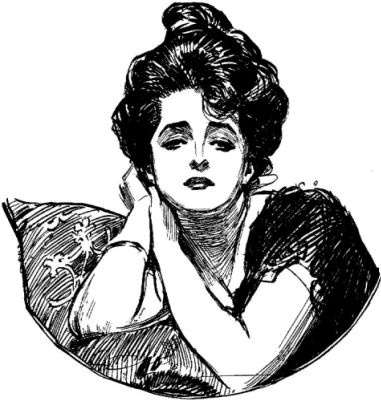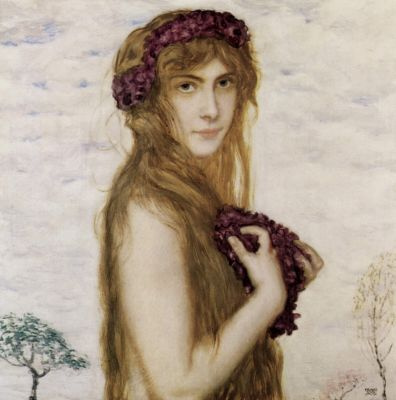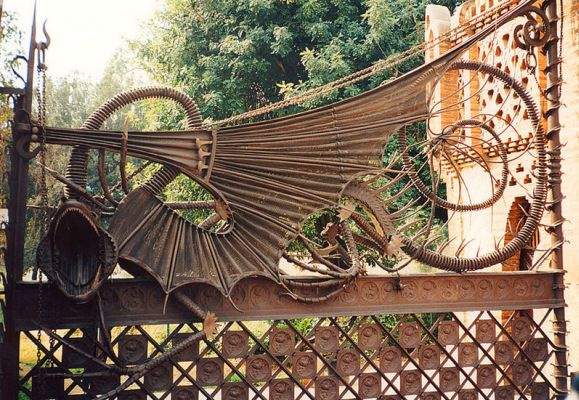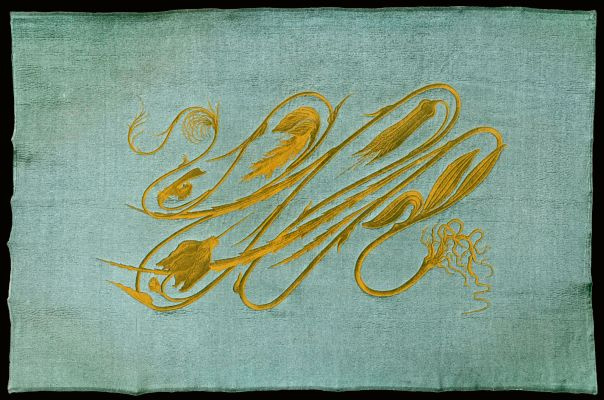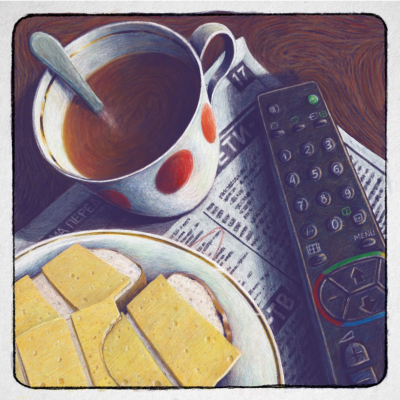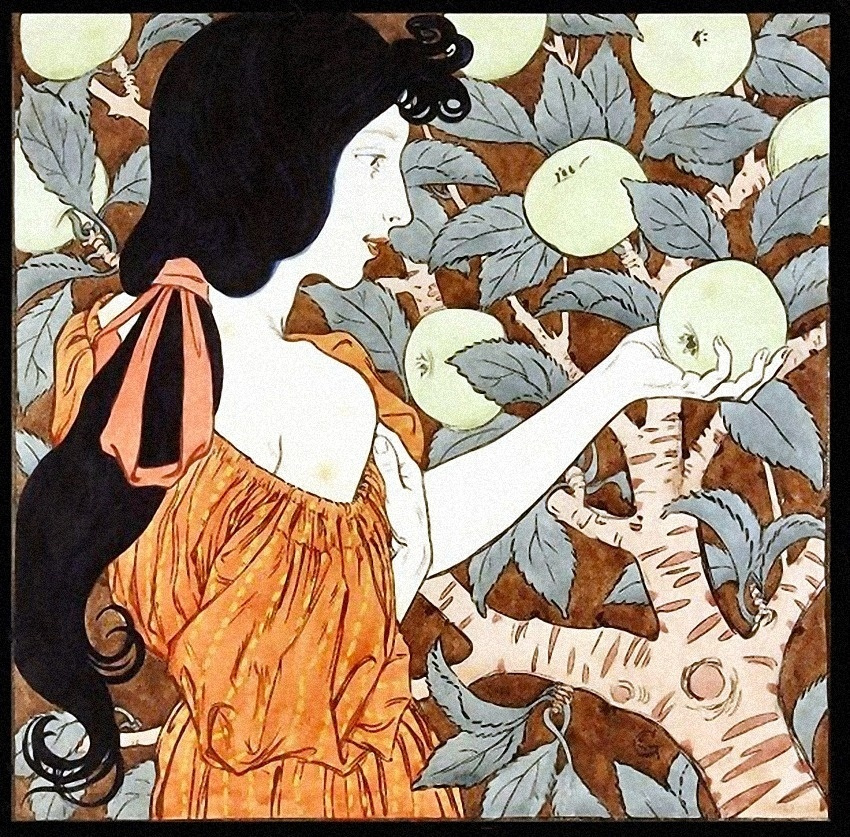
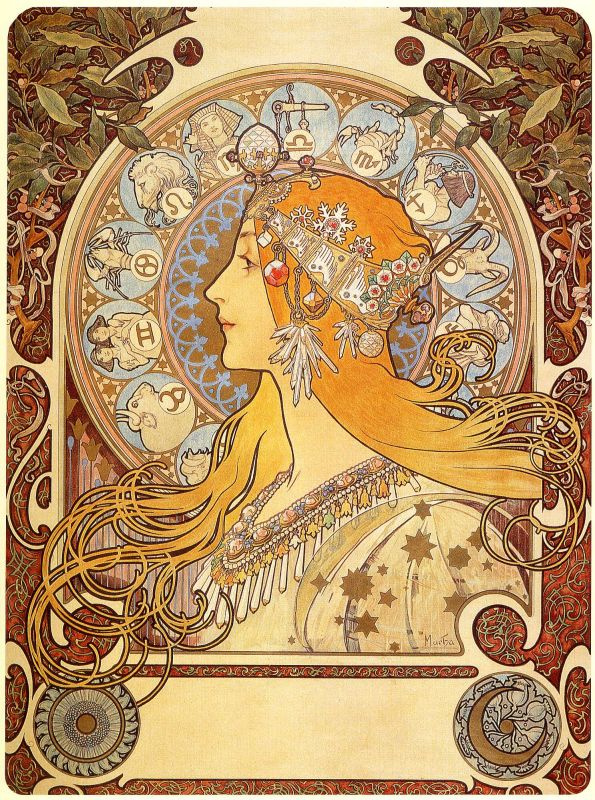
When it comes to Art Nouveau, one might have a typical image of a languid beauty dressed in flowing clothes in the frame of twisted branches, flowers and ornaments like in Celtic or Greek mythology, with the Renaissance and Gothic motifs or in the style of Japanese or Egyptian art. Are Alphonse Mucha and Gustav Klimt’s artworks brought to your memory? Right you are!
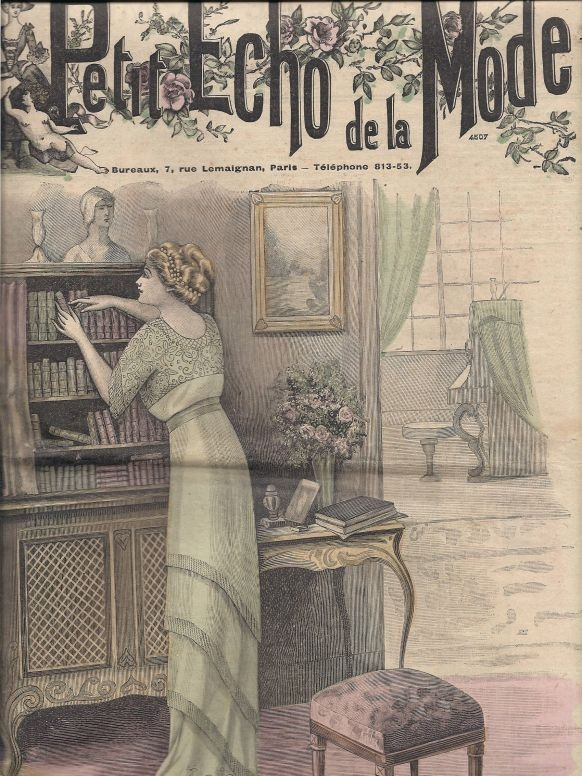
Having spread widely all over the world at one stroke, Art Nouveau was entitled differently in different countries: the Vienna Secession (formed by a group of Austrian artists with their first president Gustav Klimt); the Tiffany style (in the U.S.A., pioneered by Louis Comfort Tiffany, the famous designer of stained glass windows and lamps), the Art Nouveau (in France Hector Guimard was a pioneer of this style in architecture), the Jugendstil (in Germany it was called after the popular German art magazine, Franz Stuck was a pioneer of the style); the Modern Style (in England it was represented by Aubrey Beardsley); in Italy it was called the Liberty Style; the Modernismo in Spain (Antoni Gaudi); in the Netherlands it was entitled the Nieuwe Kunst, and the Style Sapin was introduced in late 19th century in Switzerland by its pioneer Ferdinand Hodler.
New style attack
The term Art Nouveau was introduced for the first time by the French "Journal de l’art moderne" in 1881, it was mentioned in the article about the artists Henry van de Velde, Victor Horta, Eugène Grasset and Hector Guimard.To tell the truth, we could find a clear influence of Japonism on the French Art Nouveau. Once in 1856, Félix Bracquemond, a French painter and etcher, stumbled across colored woodblock-prints by Katsushika Hokusai used for tea packing. Bracquemond showed his findings to his art fellows attracting their attention to the lines and shapes. Their interest was supported by S. Bing, a German art dealer, who opened a shop in Paris offering a lot of Chinese and Japanese small things and paintings, as Japan had opened its borders for foreigners and finished the era of its isolation from the whole world boosting the interest to its art. Quite soon those artists we used to call impressionists started mastering the Japonisme or the Japanese style. Following the Japanese methods of painting, Edgar Degas, Paul Gauguin, Édouard Manet, Henri de Toulouse-Lautrec and Vincent van Gogh began to incorporate these techniques into their own works adding curved lines, foliage patterns and combination of flat areas of colour. Taking into account that Alphonse Mucha, a Czech Art Nouveau painter and decorative artist, studied in Paris and shared a room with van Gogh at that time, we dare to say that the history of Modern Art took another twist.
In Vienna, a group of the artists headed by Gustav Klimt founded the Vienna Secession (in 1897). They rejected the academic art principles, introduced their modern vision, held exhibitions of their artworks in a Secession House specially built for that purposes.
England introduced a new wave in art in publishing business: established in 1882, the Century Guild of Artists published a quarterly magazine called "The Hobby Horse" which featured engravings by Selwyn Image. In America, in late 1880s, the Gibson Girl’s images started their international march with flying colours; paintings by Charles Dana Gibson published in the Life magazine initiated new standards of modern beauty.
In Spain and Poland, unique and talented artists Antonio Gaudí and Stanisław Wyspiański represented the new style respectively.
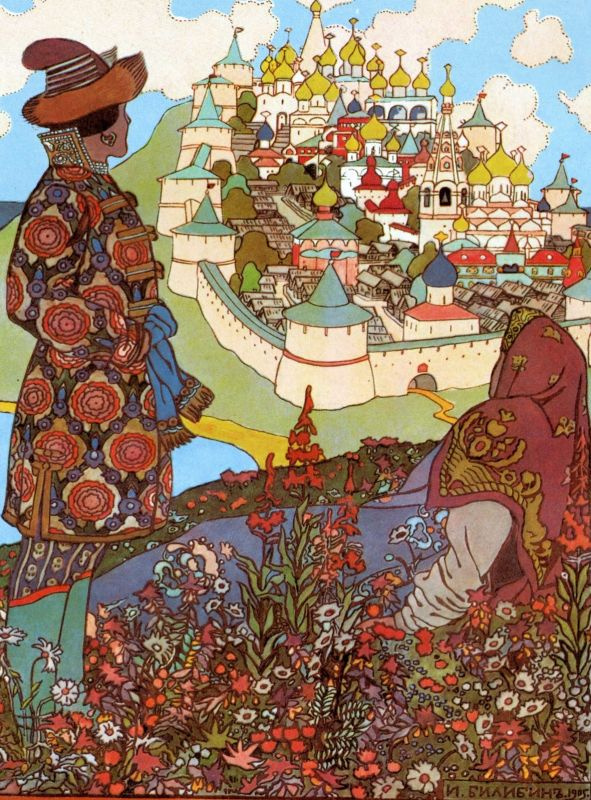
In Russia, Art Nouveau was the first bourgeois or merchant style citing all styles from Renaissance to Classicism teemed with symbolism and admiration for nature. The movement Mir Iskusstva (the World of Art) consolidated Russian aesthetic artists of different genres including Alexandre Benois, Konstantin Somov, Zinaida Serebriakova, Léon Bakst, Viktor Vasnetsov and Ivan Bilibin, the artists who were inspired by Slavic folklore and fairy tales, Mikhail Vrubel, famous for his mystical paintings, Valentin Serov, a portrait artist, Isaac Levitan, a landscape painter, and others; these were the many faces of the Russian Art Nouveau.
Famous artists of Art Nouveau
Gustav Klimt, Alphonse Mucha, Aubrey Beardsley, William Bradley, William Morris, Félix Vallotton, Amedeo Modigliani, Henri Rousseau, Lucien Lévy-Dhurmer, Maurice Denis, Ferdinand Hodler, Jan Toorop, Franz von Stuck, Max Kurzweil, Stanisław Wyspiański, Mikhail Vrubel, Viktor Vasnetsov, Konstantin Somov, Konstantin Korovin, Zinaida Serebriakova, Alexandre Benois, Mikhail Nesterov, Valentin Serov, Mstislav DobuzhinskyArt Nouveau iconic artworks
Hermann Obrist — the Red Cyclamen or the Whiplash (Cyclamen, 1892), a tapestry with silk embroidery, is a carte-de-visite of the Art Nouveau style: a sinuous flourish of hairpin curves inspired by cyclamen stems without a single straight line or angle.Gustav Klimt — The Kiss (Lovers), 1908 is the most famous and typical painting of the artist whose name is associated with Art Nouveau style. The artwork is the last in Klimt’s Golden Period cycle.
Alfons Mucha — Gismonda, 1894 is a poster for the performance of the same name depicting Sarah Bernhardt.
— you are in doubt whether Henri de Toulouse-Lautrec's artworks belong to Art Nouveau style or not. Certainly, his posters are teemed with flat figures and some curved lines, though you can find a lot of angles, dynamics and expression with the lack of symbolism in his subjects. His oeuvre does not fit the modern ways of admiration of moment stillness. Moreover, Henri de Toulouse-Lautrec always mocked at aesthetic sophistication, the principal idea of Art Nouveau.
You are ignoramus if:
— you confuse Art Deco and Art Nouveau! Serial products of art for consumption by anyone cannot be compared to the exclusive findings in interior design with ivory inlays, snake skin and precious metals in Art Nouveau! You can already find triangles and squares in Art Deco ornaments.
New prices of Art Nouveau
— USD 135 million was the sum paid for the Portrait of Adele Bloch-Bauer (1907) by Gustav Klimt (the artwork was housed at the Galerie Belvedere and then was sold by Bloch-Bauer heir Maria Altmann, who gained suit at law for the return of the work by Klimt).— USD 7, 327 million was the price of the Rainbow by Konstantin Somov (Сhristie's, 2007). That was a record price for a work at an auction of Russian art at the time.
— USD 1, 47 million fetched Introduction of the Slavonic Liturgy by Alphonse Mucha at Christie’s auction in 2006, and about USD 200, 000 brought his sketch to the Introduction of the Slavonic Liturgy from the Slav Epic cycle in 2013.
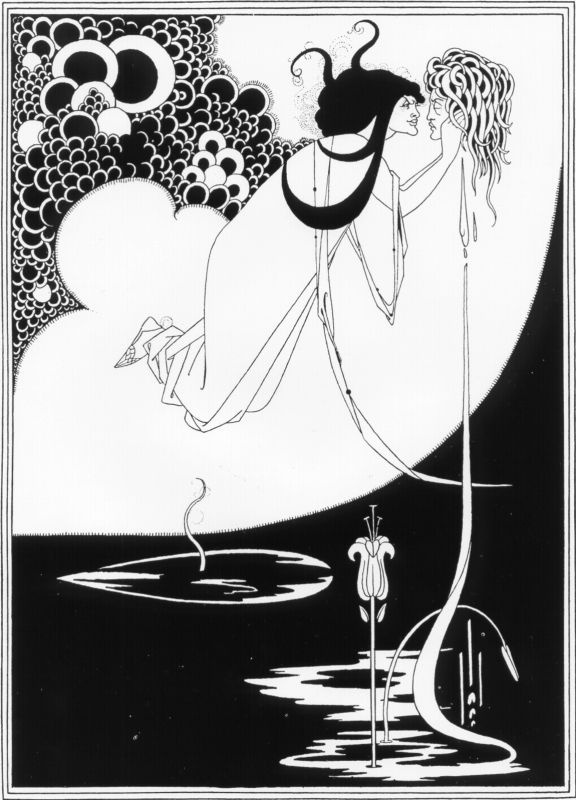
In 2008, a buyer paid USD 300K for two sought-after illustrations for Oscar Wilde’s Salome by Aubrey Beardsley (1894) from his cycle Salome. Two masterpieces (the Climax and the Platonic Lament) deemed to be lost, were occasionally found by an expert in a flat of a British pensioner decorating the walls of his … toilet room.






